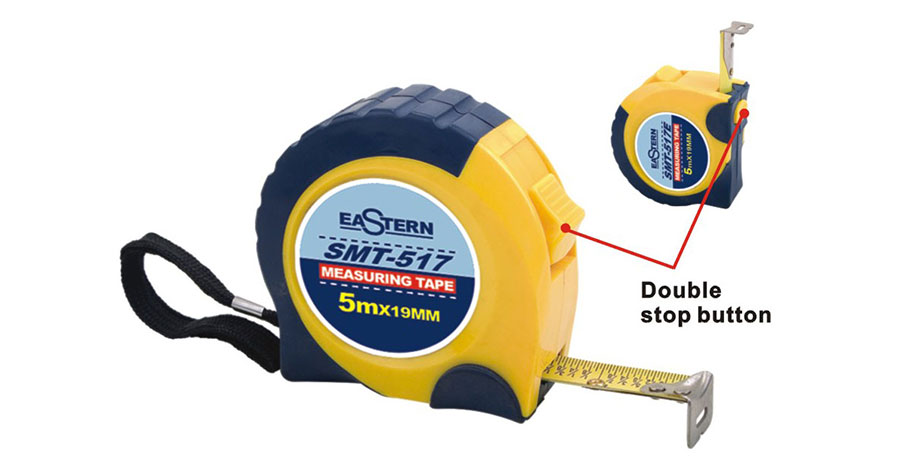The History of the Steel Tape Measure
One of the first documented spring tape measures arrived on the scene in 1829 and was patented by James Chesterman. This first tape measure was made of steel and was made from the left over wire that was used for hoop skirts. Dressmakers used loops of it to hold the shape of the crinoline hoop skirts then in fashion. A really fluffed-out, layered hoop skirt could use 180 feet of the wire. The inventive steelmaker had developed a heat-treating process that made the flat wire stronger and thus easier to produce in continuous unbroken lengths. But changing fashions would see the crinoline market fall flat, The fad of hoop skirts lasted only about a decade, so Chesterman was left with flat wire that had no apparent use and his stockpile of metal wire had to go somewhere.
Luckily the invention obviously had its uses, or else it would have disappeared with the hoop skirt. Just a few marks on his steel wire made a “measuring chain” that was useful in measuring and lighter than other options at the time.
Lightweight or not, Chesterman's tapes had a hefty price. They sold in the United States for $17 — about $300 in today's money.

1868 Alvin J Fellows Tape- Measure
The tape measure underwent further change in 1868 when Alvin J Fellows who was from New Haven, Connecticut filed for a patent in the United States. The Fellows tape measure required some changes to the design of the Chesterman tape measure, so many changes that Fellows was able to argue that he had invented something new rather than just improving on a design. What he did claim was that his improvements — a unique combination of a case, cover plate, click spring, lever and knob — constituted a new invention "when the whole is constructed, arranged, and fitted for use." They were incremental changes to a device for measuring increments.The key innovation that was added in 1868 was the spring action which allowed the tape measure to lock into place and allowed it to retract when the spring was released by a button. This would be the first appearance of the tape measure as we know it.
Alvin Fellows took Chesterman’s design and added a locking element to it that allowed the tape to lock when it was extended, thus creating the foundation for today’s retractable measuring tapes as useful and enduring tool.
The steel measuring tape was a real game changer for many industries, offering a more flexible and compact tool that could measure great lengths.
Even so, the click-spring, steel tape measure did not attain immediate widespread use. The carpenter's folding wooden ruler remained the most popular collapsible measuring device in the United States until at least the 1940s.

Moden Short Steel Tape Measure
As the tape measure gained acceptance, by the 1940s it had found its niche in construction. The tape measure then evolved and gained more features. It became more boxy, gained a belt clip, got a claw on the end of the tape and more. These features have made the tape measure an indispensable tool and one that’s found in every toolbox.


